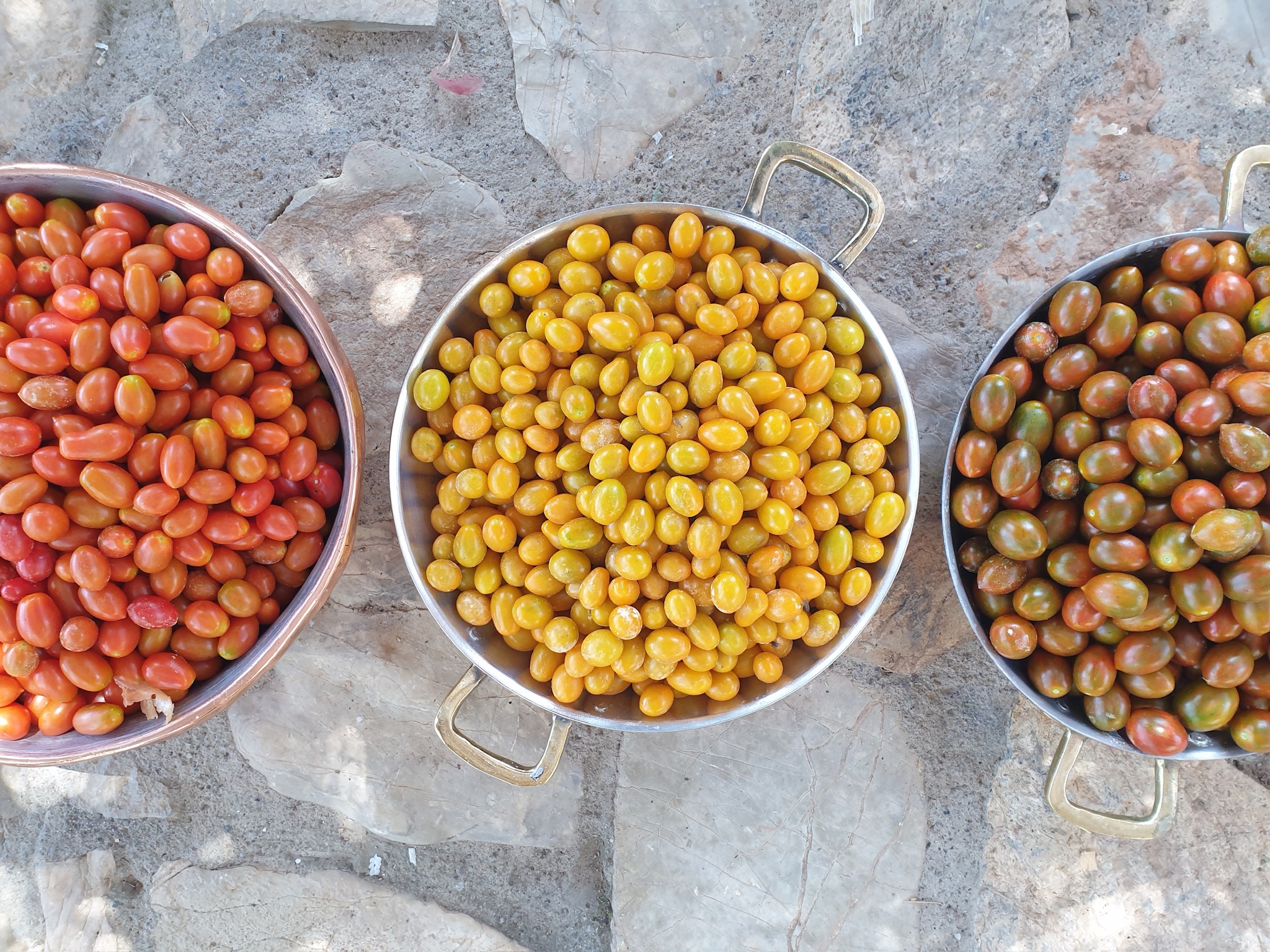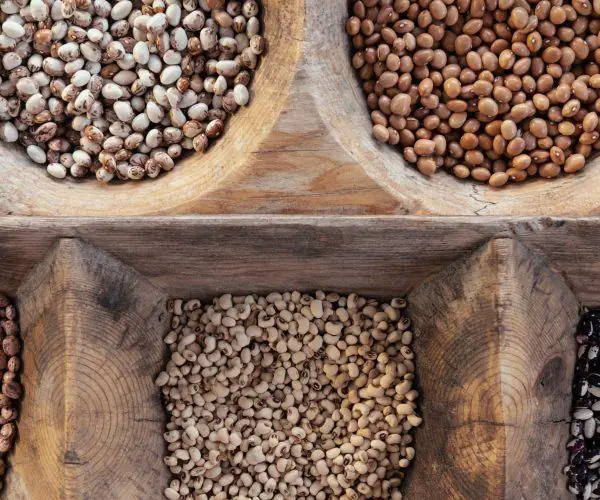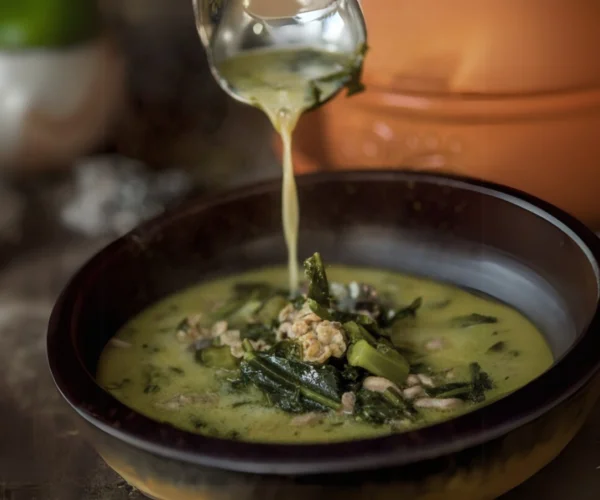United Nations World Water Day, 2025
March 22 was designated by the United Nations as World Water Day, a day devoted to highlighting the importance of freshwater and the sustainable management of water resources. Established in 1992 and first celebrated in 1993, World Water Day focuses on a different theme each year.
For 2025, the theme is “Preserving Glaciers,” underscoring the vital role glaciers play as critical freshwater reserves for our planet and the urgent need to protect them from accelerated melting caused by climate change. Glaciers supply water for drinking, agriculture, industry and healthy ecosystems. However, as they melt more rapidly, they trigger floods, droughts, landslides and rising sea levels.
How much water do we eat?
ΣτIn our daily lives, we use water not just when we drink or bathe, but primarily through our food. Many people are unaware that we effectively “eat” vast amounts of water. Producing a kilogram of carrots requires about 130 liters of water, whereas a kilogram of beef needs 15,000 liters. This so-called “invisible” water, known as the water footprint, encompasses all the water used to produce the food we consume.
Depending on a person’s diet, producing an individual’s daily food requires around 2,000–5,000 liters of water.[Reference].
Water Footprint of Animal-Based Foods
● Beef: 15,400 liters of water/kg
● Lamb: 10,400 liters of water/kg
● Pork: 5,990 liters of water/kg
● Chicken: 4,330 liters of water/kg
● Cheese: 5,000 liters of water/kg
● Milk: 1,000 liters of water per liter of milk
Water Footprint of Plant-Based Foods
● Rice: 3,400 liters/kg
● Broad beans: 2,018 liters/kg
● Fava beans: 1,835 liters/kg
● Wheat: 1,300 liters/kg
● Lentils: 1,250 liters/kg
● Beans: 547 liters/kg
● Cucumber: 353 liters/kg
● Zucchini: 336 liters/kg
● Broccoli: 285 liters/kg
● Spinach (greens): 292 liters/kg
● Potatoes: 290 liters/kg
● Onions: 272 liters/kg
● Chicory (greens): 272 liters/kg
● Lettuce: 237 liters/kg
● Tomatoes: 215 liters/kg
● Cabbage: 200 liters/kg
● Carrots: 130 liters/kg
A typical Western diet has a water footprint of around 5,000 liters per person per day, while a Cretan diet rich in vegetables and legumes is around 2,500 liters [Reference].
Consumption and Waste
● About 30% of the food produced globally is lost or wasted, corresponding to 250 cubic kilometers of water per year.
● By reducing food waste by 50%, we could save approximately 125 cubic kilometers of water annually [Reference],[Reference].
These figures clearly show that our dietary choices have a huge impact on water consumption. They also illustrate how the traditional Cretan diet—emphasizing legumes, vegetables, and limited meat—can make a major contribution to conserving this precious resource.
Water and Sustainable Agriculture and Livestock
Agriculture and Global Water Use
● 70-72% of the world’s freshwater is used in agriculture, according to the most recent FAO report [Reference].
● Global agriculture consumes about 2.7 trillion cubic meters of water per year [Reference].
The Water Cycle: Respect or Disruption
The water cycle is essential to every form of life on Earth. The total amount of water on our planet remains constant. Ιt is neither created nor destroyed but instead changes form and location. Water is continually moving between the atmosphere, the surface, and the subsurface in an ongoing cycle that sustains every ecosystem. What does change is the quality and availability of water (especially potable water)—a critical factor for our survival.
The way we farm the land significantly affects this cycle. The differences between sustainable and conventional agriculture are particularly pronounced when it comes to managing water.
Sustainable, Traditional Agriculture and Livestock Farming
In sustainable, traditional agriculture, the soil preserves its natural structure and rich organic matter, acting like a sponge that holds rainwater and gradually channels it into deeper layers. Healthy soil can retain up to five times more water than degraded soil.
Traditional practices like crop rotation (alternating the type of crop grown in a field) and intercropping (growing two different plants simultaneously in the same field) keep the soil covered year-round, shielding it from direct sun and heavy rainfall. Terraced fields and small furrows slow water runoff. Local plant varieties with deeper root systems can tap into moisture far below the surface, and integrating trees and shrubs into agricultural systems creates a favorable microclimate that reduces evaporation.
Organic fertilization with compost and animal manure boosts the soil’s water-holding capacity and increases beneficial microorganisms. In traditional livestock systems, animals graze different areas in rotation, maintaining plant cover that prevents erosion and improves rainwater absorption.
As a result of these methods, the soil acts like a natural water reservoir—helping plants stay hydrated and replenishing underground aquifers. Simultaneously, preserving soil moisture helps regulate the local climate, creating more stable conditions for plant growth and safeguarding biodiversity.
Conventional Intensive Agriculture and Livestock Farming
ΑBy contrast, conventional intensive agriculture disrupts this balance in several ways. Constant, deep plowing destroys the soil’s structure and speeds the evaporation of moisture, reducing the soil’s water-holding capacity by 25–50%. Large-scale monocultures often leave soil exposed for extended periods, causing surface runoff that can reach 60–70% of rainwater instead of just 5–10% for healthy soil.
Synthetic fertilizers and pesticides drastically reduce soil-organism populations, especially earthworms, which are vital for creating channels that let water infiltrate. Heavy machinery compacts the soil, cutting its absorption capacity by 80–90%, while intensive irrigation depletes groundwater at 2–3 times the natural recharge rate.
Converting natural vegetation to farmland disrupts local water cycles, and intensive livestock systems consume huge amounts of water for animal feed, cleaning, and waste management—often releasing polluted runoff into water bodies.
These disruptions have serious consequences far beyond cultivated fields. Synthetic fertilizers and pesticides carried away by rainwater contaminate aquifers, while water that fails to infiltrate bare soil leads to flooding and erosion.
Moreover, disturbing the water cycle accelerates climate change. Although carbon dioxide emissions are a key factor in global warming, surface water runoff also weakens the “short water cycle”—the local evaporation and rainfall cycle that helps keep ecosystems cool and moist. This produces hotter, drier microclimates, intensifies extreme weather events, and can cut rainfall by up to 30% in some regions.
FAO’s Strategy for Sustainable Agri-Food Systems
The Food and Agriculture Organization of the United Nations (FAO) has recognized these challenges and stresses that sustainable water management is fundamental to food security and sustainable development. According to the FAO, agriculture uses more than 70% of the world’s freshwater withdrawals, making this sector particularly vulnerable to water scarcity, but also crucial for its sustainable management.
FAO promotes an integrated approach to water resources management that reflects the interlinkages between water security, agri-food systems and climate change resilience. Projections show that the world will need to produce about 60% more food by 2050, while preserving the natural resource base.
To achieve this, FAO stresses the need for strong political will, innovative solutions and integrated freshwater management. Central to the FAO’s proposals is the idea that farmers must be at the heart of any process of change in agriculture. Through appropriate policies that provide incentives and ensure effective governance, farmers can be empowered to conserve biodiversity, protect ecosystems and minimize environmental impacts, including responsible management of water resources.
Globally, restoring the natural water cycle through sustainable agricultural practices is not just an option, but a necessity for food security, addressing climate change, and ensuring the quality and availability of drinking water for future generations.
Peskesi’s Contribution to Sustainable Water Management
Following the principles of sustainable management of water resources, at Peskesi we have developed an integrated approach that respects and enhances the natural water cycle. Since the establishment of our farm in the village of Charaso in 1998 we have focused on preserving, protecting, and strengthening the local ecosystem, with water at the heart of our efforts.
In our organic, biodynamic and regenerative farming we aim to create a “living” soil that acts as a natural water reservoir. Constantly covering the soil with crops, minimizing soil disturbance, adding compost and increasing organic matter allows the soil to absorb and retain multiple times more water than conventionally farmed soil. This dramatically reduces the need for irrigation and prevents surface runoff and erosion.
Our crops are seasonal and small-scale, allowing the land to regenerate naturally and making use of available water resources responsibly. We use water-efficient irrigation methods—like drip irrigation and irrigating at cooler times of the day—to reduce evaporation.
We also prioritize local, traditional seed varieties adapted to Crete’s climate, including arid types that have evolved to thrive with minimal rainfall. These varieties make the most of each drop of water and deliver high nutritional value with a reduced water footprint.
Additionally, we maintain a seed bank of varieties specifically bred to endure drought conditions and utilize limited water effectively. This not only preserves genetic diversity but also conserves water in agricultural production.
We actively support the entire farm ecosystem—from bees to earthworms and beneficial soil microbes—that helps build healthy soil structure and improve water retention.
By collecting and storing rainwater for our crops, we reduce reliance on groundwater and minimize strain on natural aquifers. We also follow circular economy principles: food scraps from our restaurant are composted or used as organic feed for our animals. Composting further enhances soil structure, lowering irrigation requirements.
Starting with just 20 acres and now expanded to 24 acres, our farm acts as a protective shield for the local agricultural zone and its water resources. We carefully manage Crete’s natural resources with an eye toward maintaining equilibrium in the natural world.
Since 2014, our restaurant has embraced the same “farm-to-table and table-to-farm” ethos, ensuring responsible water use at every stage of production and consumption. We use only seasonal ingredients—primarily from our own fields—and employ methods that minimize both food and water waste. This approach not only conserves the water used to grow our food, but also honors traditional Cretan cuisine, which has evolved in harmony with Crete’s limited water supply.
Education and awareness are central to our mission. Through workshops and outreach, we share sustainable water management practices with visitors, local producers, and the broader community.
Responding to the 2025 World Water Day theme of “Preserving Glaciers,” we recognize that while Crete does not have glaciers, it is still directly affected by global shifts in the water cycle. Our commitment to lowering our carbon footprint—through organic production, small-scale farming, and a circular economy—indirectly supports glacier preservation worldwide and directly safeguards the local water cycle.
Our Message
For us, every drop of water serves as a link between past and future. We aim to meet current needs without jeopardizing the ability of future generations to meet their own. This principle defines our approach to sustainability, and it is the legacy—our “peskesi”—that we intend to pass on.
We invite everyone to reflect on their individual role in conserving water resources. Water is life—let’s protect it, respect it, and manage it wisely.
Daily Tips for Conserving Water – The Cretan Diet
The traditional Cretan Diet exemplifies a sustainable approach that evolved in harmony with the island’s limited water resources. Over centuries, Cretan food practices have reflected a keen understanding of the value of water and the environment. By embracing this model, each of us can help safeguard precious water resources, both on Crete and worldwide.
Follow the Cretan Diet model:
The Cretan Diet is based on daily and plentiful consumption of vegetables, fruits, legumes and grains, moderate weekly consumption of dairy products and infrequent consumption of meat. This model is extremely healthy, but also environmentally friendly, as plant-based foods require significantly less water – a tomato requires just 215 liters of water per kilogram, while beef requires around 15,000 liters. Our grandparents had access to meat only on holidays and special occasions. A healthy, ecological and protective practice for water resources, whose multiple benefits have been documented and continue to be documented to this day in global scientific studies.
Choose local and seasonal products:
Locally and seasonally grown foods require less water as they are adapted to local climatic conditions. By choosing to eat local tomatoes in summer instead of winter, for example, you are helping to protect water resources while supporting the local economy and enjoying food with better taste and higher nutritional value. The nutritional superiority of Crete was emphatically demonstrated both in the Seven Countries Study (1960-1985) led by researcher Ancel Keys on 13,000 participants and in the Heart of Lyon Study by Renaud and de Longeril. In both of these landmark studies, Crete stood out with the excellent health of its inhabitants and the lowest mortality rates from heart disease and cancer. In addition to a nutritious diet, the studies also highlighted the importance of seasonality and locality, as the Cretans who took part consumed mainly seasonal products, with little or no processing, produced in the area where they lived.
Reduce food waste:
Each piece of discarded food represents wasted water. Globally, 30% of food is wasted, equivalent to 250 cubic kilometers of water per year. Checking your fridge before shopping, storing food properly, and using leftovers all help conserve this vital resource. Modern “zero waste” efforts trace their origins to traditional cooking, in which nothing went unused—food scraps went to feed livestock, vegetable leaves became fillings for pies, and every part of an animal was incorporated into recipes, following a circular approach long before it became a buzzword.
Choose traditional Cretan recipes:
Traditional Cretan cooking primarily uses ingredients with a low water footprint. Even meat-based dishes center on vegetables, greens, and legumes. This minimal reliance on animal products did not simply stem from economic constraints but arose from a deeper ecological wisdom that respected the island’s natural limits. Emphasizing plant-based foods is a time-tested strategy that optimizes limited water resources and minimizes environmental impact—an enduring lesson in sustainability that resonates today more than ever.
Bibliography
UN-Water (2021). World Water Development Report 2021
UNEP (2022). Food Waste Index Report 2022
World Resources Institute (2022). Aqueduct Water Risk Framework





